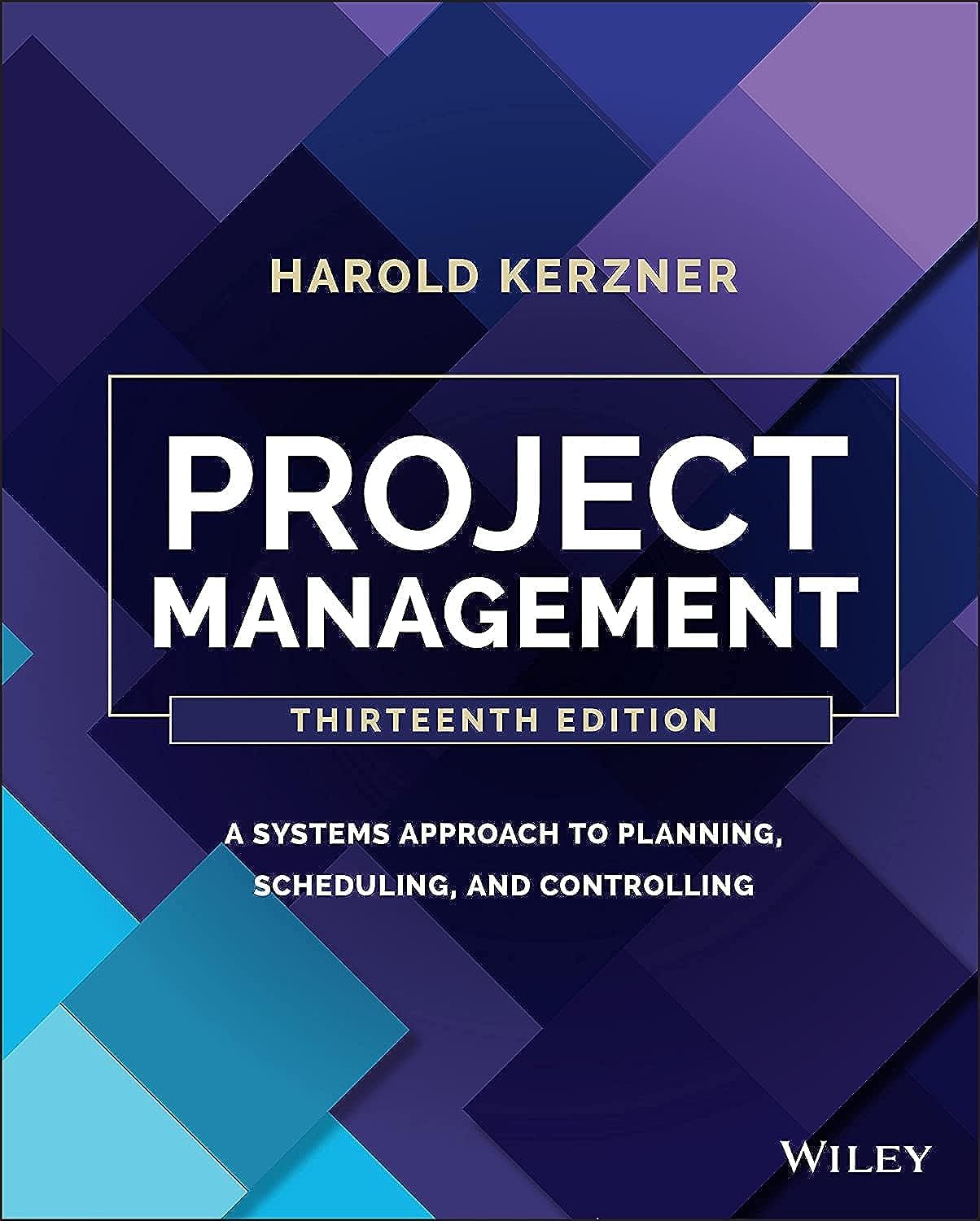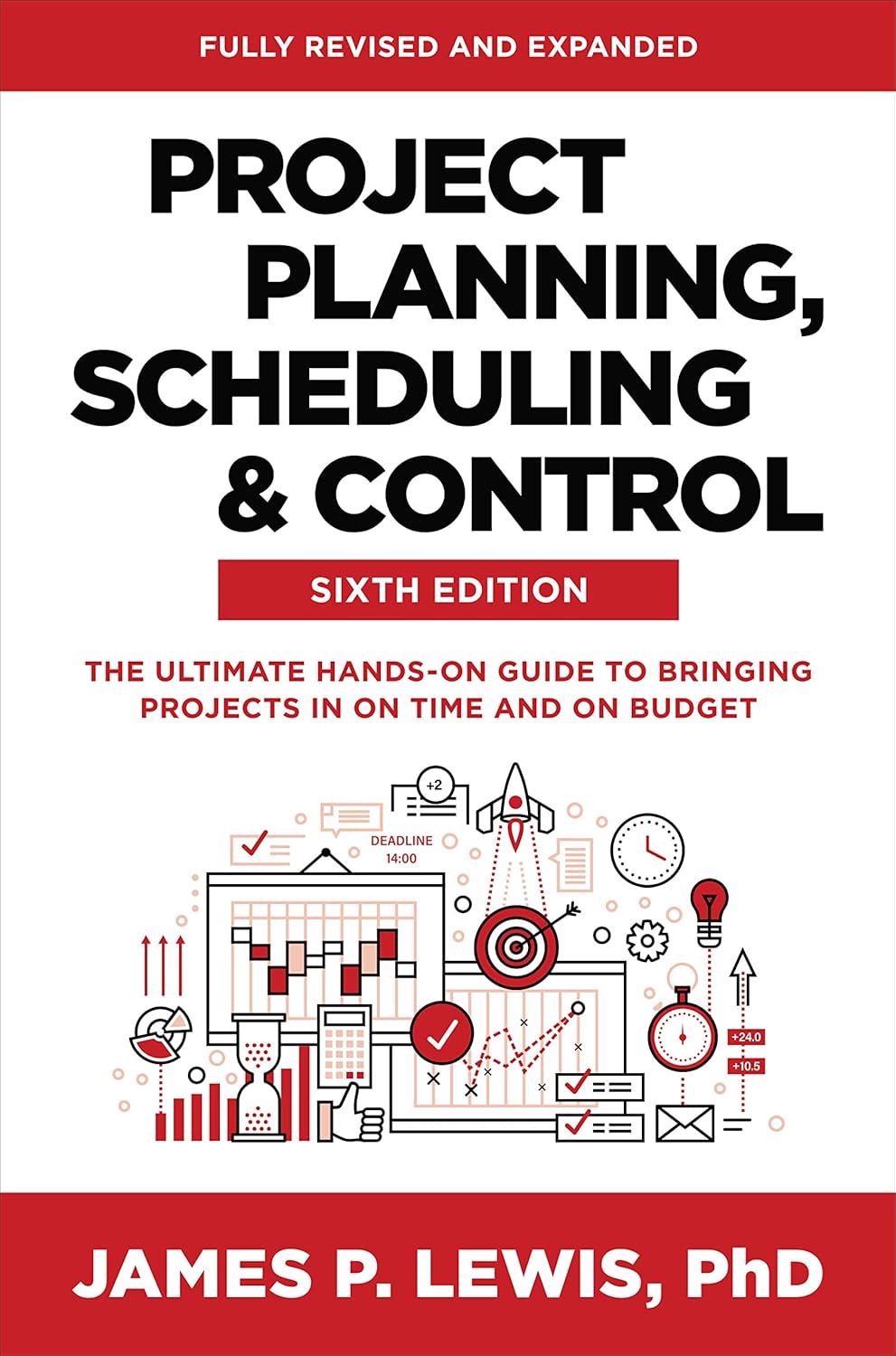
Critical Path Method
What is the Critical Path Method (CPM)?
The Critical Path Method (CPM) is a project management technique used to identify the longest sequence of dependent tasks that determines a project’s minimum completion time. Developed in the late 1950s, this method helps managers schedule activities effectively by highlighting tasks that cannot be delayed without impacting the entire project timeline. By mapping out all necessary tasks and their durations, project teams can pinpoint which steps are critical and which allow some scheduling flexibility. Industries such as construction, software development, and event planning widely use this method because accurate timelines are crucial to their success.
Key Points
- It identifies the critical path, which is the longest sequence of dependent tasks in a project.
- Any delay in a task on the critical path will delay the entire project.
- Tasks not on the critical path have float or slack, meaning they can be delayed without affecting the final deadline.
- It utilizes a visual representation known as a network diagram or project schedule network diagram.
- The method supports better resource allocation and risk assessment.
- The process involves listing all activities, estimating durations, identifying dependencies, and mapping out the path.
- It helps project managers prioritize tasks and monitor progress more effectively.
Related Terms
- Project managers often use a Gantt chart in conjunction with the method to track task durations and dependencies visually.
- The Work Breakdown Structure helps define all the project tasks for later sequencing analysis.
- Project scheduling relies on this method to create realistic and dependable timelines.
- Float allows project managers to delay a task without affecting the project’s end date.
- Dependency management ensures correct task sequencing, which is critical for accurate path analysis.
Critical Path Method: Example
A construction project involves building a house with the following steps: laying the foundation, framing the walls, installing plumbing and electrical systems, and finally, adding interior finishes. The Critical Path Method reveals that the framing must follow the foundation, and plumbing and electrical work depend on the completed framing. These steps form the critical path. If the team delay any of these, it will push back the project’s end date. However, landscaping, which is not on the critical path, can occur later without impacting the main schedule.
Critical Path Method: Best Practices
- Start with a complete list of all tasks using a Work Breakdown Structure.
- Accurately estimate task durations with input from experienced team members.
- Use project management software to draw and update the network diagram.
- Monitor progress regularly and adjust the path as project conditions change.
- Review task dependencies often to ensure the path remains accurate throughout the project.
Additional Resources
Preparing for a PMI certification?
- Exam Prep Courses: PMP®, CAPM®, and PMI-ACP®
- Exam Simulators: PMP®, CAPM®, PMI-ACP®, PMI-PBA®, PMI-RMP®, PMI-SP®, PgMP®, and PfMP®
- Professional Development Units (PDUs): 15, 30, and 60 PDU Bundles




